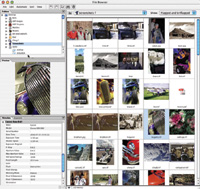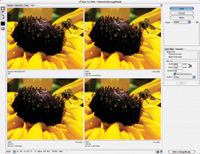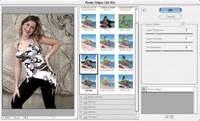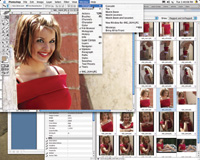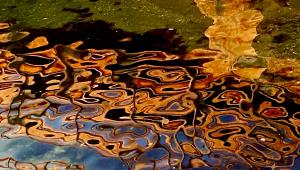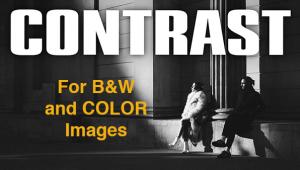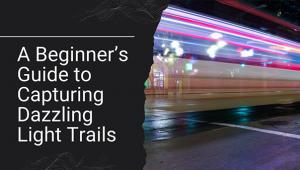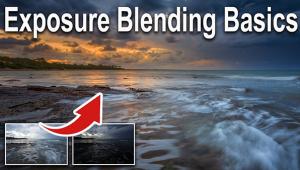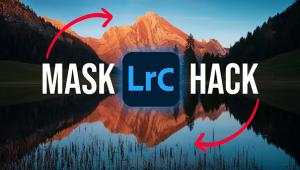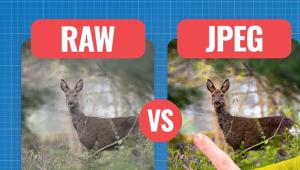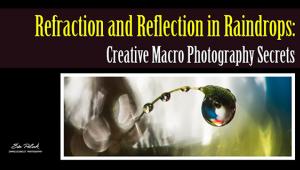First Look
Adobe Photoshop Creative Suite
Photographers, as a group, are far from united in their view of the role Adobe Systems' Photoshop plays in the imaging process. Some believe that many of Photoshop's creative tools are designed for "photographers who don't know how to take pictures correctly" or to fix mistakes. I see Photoshop as just another imaging tool, although a particularly powerful one, for expressing our vision. If you agree, then you're going to love what they've done with the latest version. |
|||
All of the comments that I make here are based on working with a late, but by no means final version of Photoshop. It was code-named "Dark Matter" but the official name looks like it will be Adobe Photoshop CS. The "CS" stands for "Creative Suite" and hints at an even stronger integration between all of Adobe's graphics software in the future. I tested the Mac OS X version and this new product will only be available for Windows XP and 2000 and Mac OS X 10.2.4 and later. Users of older operating systems have to ask if they feel the productivity increases are worth it. The short answer is that they are and, besides, don't you want to get the maximum performance from your imaging software? |
|||
Productivity And A
Whole Lot More |
|||
Tools Rule |
|||
Interface Upgrades Raw Compatibility |
|||
Bokeh Filter, Too |
|||
Productivity Plus |
|||
Text Upgrade |
- Log in or register to post comments

